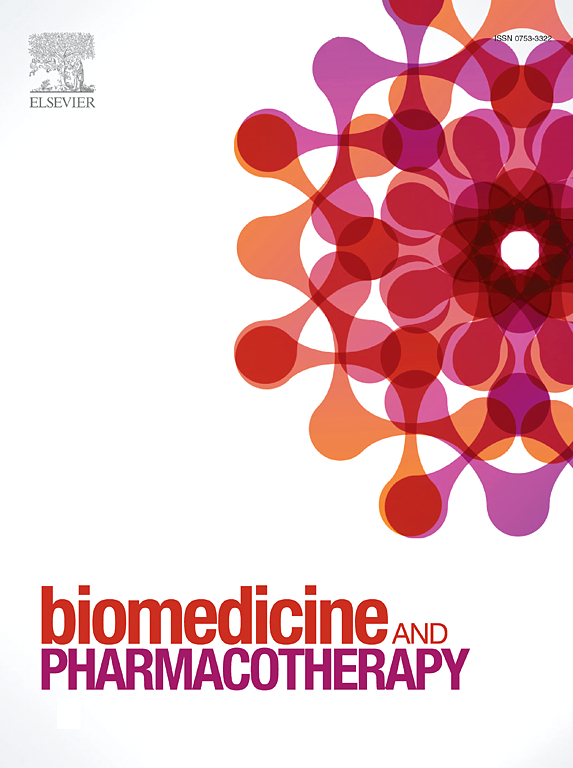通过调整纳米粒子的物理化学特征、调节细胞生理和改进转染策略,增强非病毒基因向人类T细胞的传递。
IF 6.9
2区 医学
Q1 MEDICINE, RESEARCH & EXPERIMENTAL
引用次数: 0
摘要
基因工程免疫细胞在治疗免疫相关疾病方面有着巨大的希望,但它们的发展受到技术挑战的阻碍,主要与核酸递送有关。聚乙烯亚胺(PEI)是一种具有成本效益的转染剂,但它需要进行重大优化才能有效转染T细胞。在这项研究中,我们全面调整了PEI/DNA纳米颗粒的特性、培养条件、细胞生理学和转染方案,以增强基因向T细胞的传递。凝胶延迟和动态光散射(DLS)分析证实PEI有效地与DNA结合,形成基于N/P比的大小和电荷可调节的颗粒,在RPMI 1640培养基中25°C下保持稳定3天。在N/P比为8.0时,这些纳米颗粒达到了最佳转染率,随着DNA剂量和复合物体积的调整,转染率进一步提高。此外,增加细胞播种密度和在转染后不久添加完整培养基可显著促进pei介导的基因传递。值得注意的是,与传统的培养皿直接转染方法相比,在小瓶中逆转转染导致细胞摄取和转染效率增加20倍。最后,用pH为9.0的低渗细胞外介质修饰细胞生理,显著提高转染率,同时保持最小的细胞毒性。这些发现可以降低制备工程化T细胞的成本和复杂性,有可能加速人类疾病免疫细胞疗法的发展。本文章由计算机程序翻译,如有差异,请以英文原文为准。
Enhancing non-viral gene delivery to human T cells through tuning nanoparticles physicochemical features, modulation cellular physiology, and refining transfection strategies
Genetically engineered immune cells hold great promise for treating immune-related diseases, but their development is hindered by technical challenges, primarily related to nucleic acid delivery. Polyethylenimine (PEI) is a cost-effective transfection agent, yet it requires significant optimization for effective T cell transfection. In this study, we comprehensively fine-tuned the characteristics of PEI/DNA nanoparticles, culture conditions, cellular physiology, and transfection protocols to enhance gene delivery into T cells. Gel retardation and dynamic light scattering (DLS) analyses confirmed that PEI effectively bound to DNA, forming size- and charge-adjustable particles based on the N/P ratio, which remained stable in RPMI 1640 medium for 3 days at 25°C. At an N/P ratio of 8.0, these nanoparticles achieved an optimal transfection rate, which improved further with adjustments in DNA dosage and complex volume. Additionally, increasing the cell seeding density and adding complete media shortly after transfection significantly boosted PEI-mediated gene delivery. Notably, reversing the transfection in vials resulted in a 20-fold increase in cellular uptake and transfection efficiency compared to the conventional direct transfection method in culture plates. Finally, modifying cellular physiology with hypotonic extracellular media at pH 9.0 dramatically enhanced transfection rates while maintaining minimal cytotoxicity. These findings could reduce the cost and complexity of preparing engineered T cells, potentially accelerating the development of immune cell therapies for human diseases.
求助全文
通过发布文献求助,成功后即可免费获取论文全文。
去求助
来源期刊
CiteScore
11.90
自引率
2.70%
发文量
1621
审稿时长
48 days
期刊介绍:
Biomedicine & Pharmacotherapy stands as a multidisciplinary journal, presenting a spectrum of original research reports, reviews, and communications in the realms of clinical and basic medicine, as well as pharmacology. The journal spans various fields, including Cancer, Nutriceutics, Neurodegenerative, Cardiac, and Infectious Diseases.

 求助内容:
求助内容: 应助结果提醒方式:
应助结果提醒方式:


